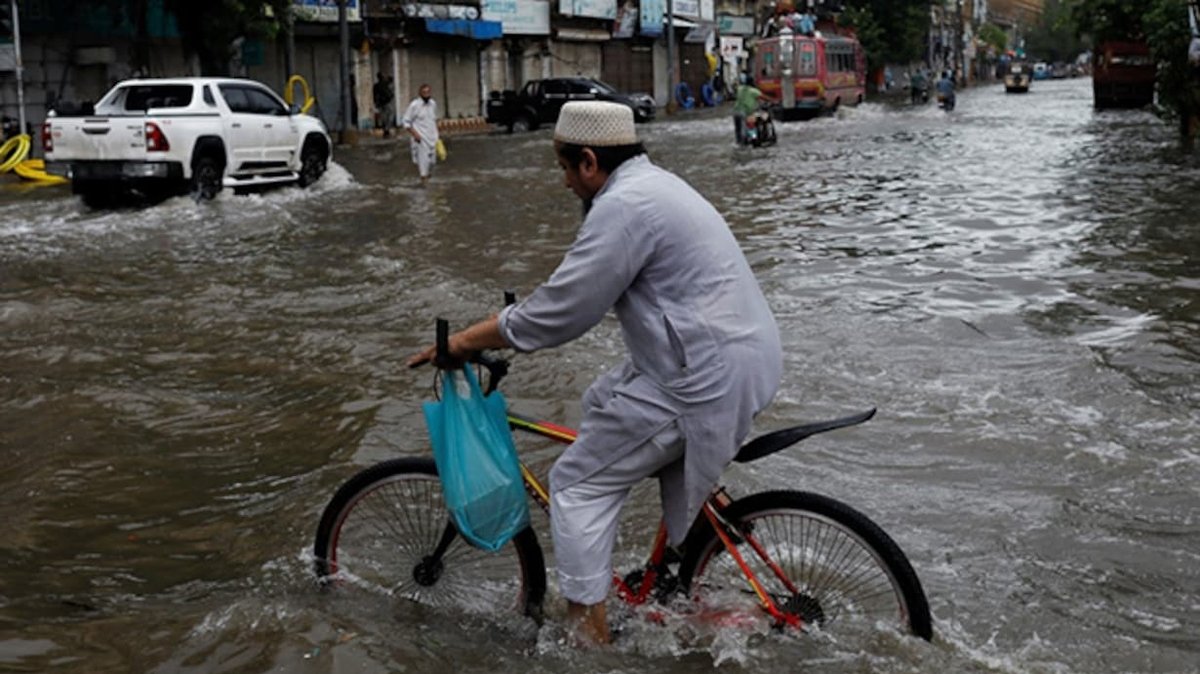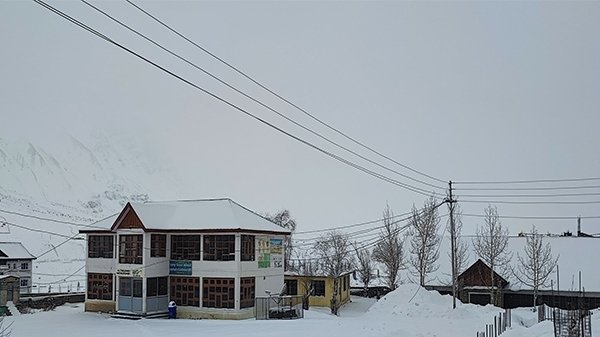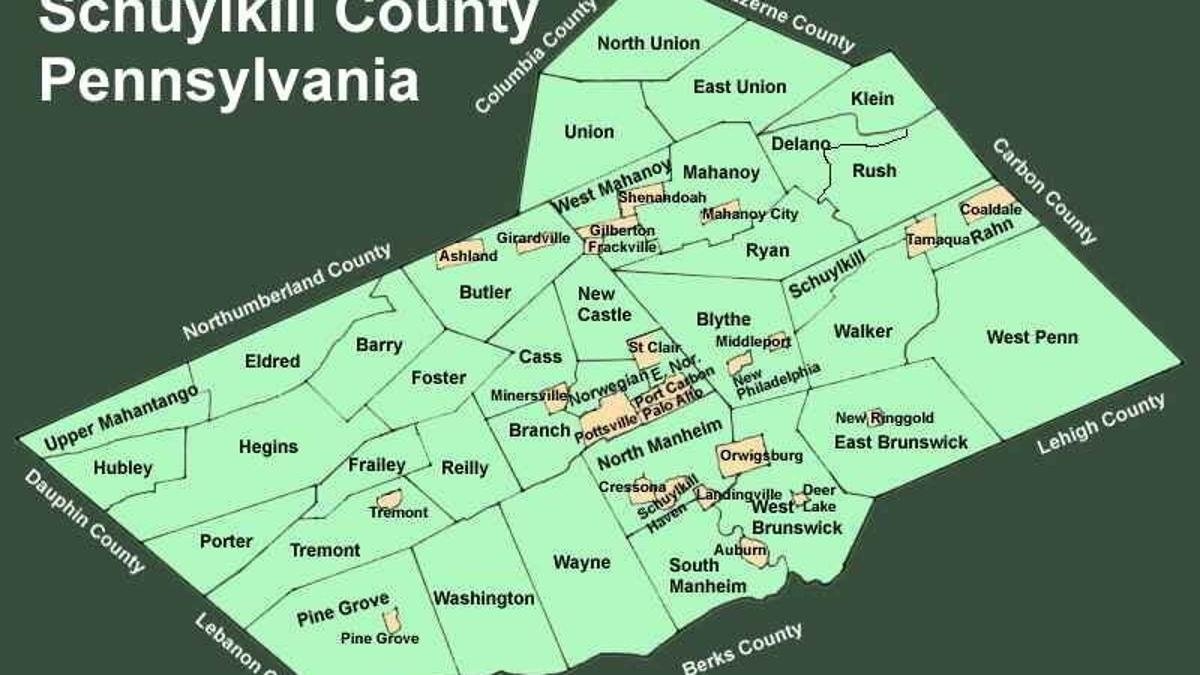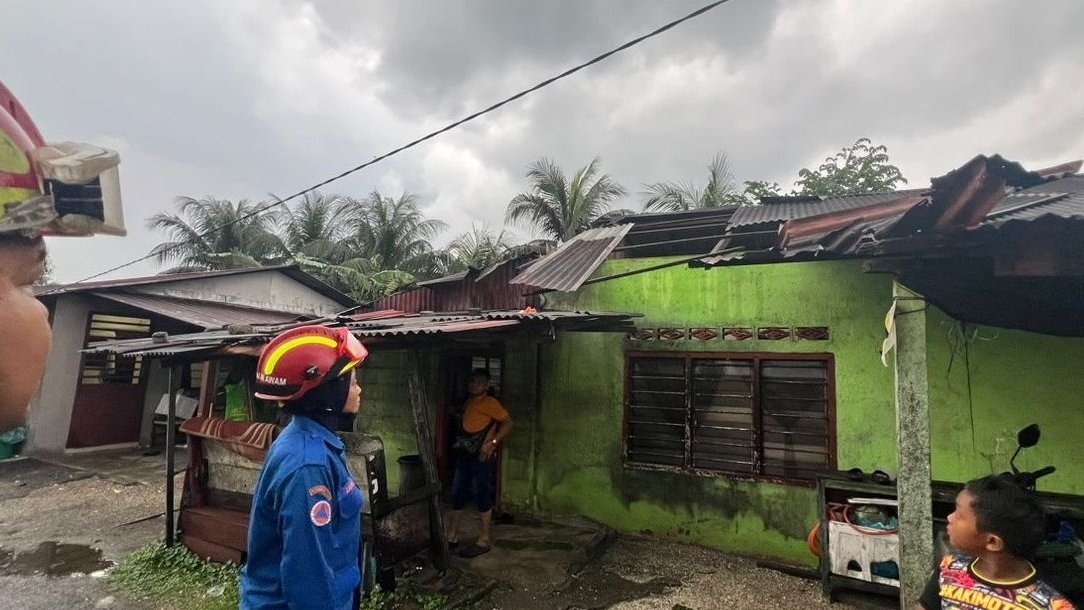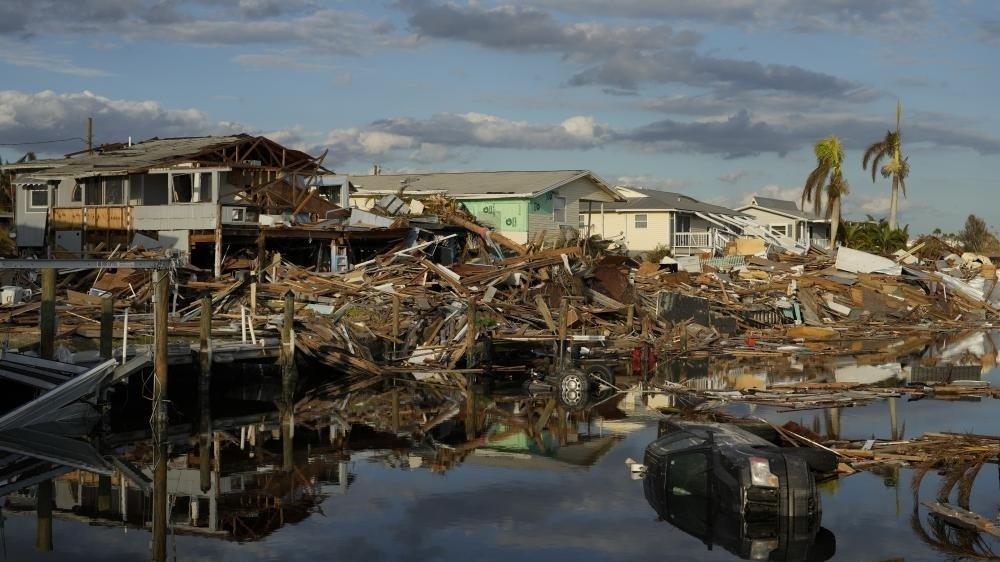Closure Of The Monomoy National Wildlife Refuge Balloon Launch Site: Creating A Meteorological Data Gap
Back in March 2021, our sources reported that the Monomoy National Wildlife Refuge’s weather balloon launch facility was officially closed after a noteworthy operation of 51 years. This significant shutdown was fuelled by concerns revolving around the increasing coastal erosion rates, which were said to be as high as 1.5 feet per week. Subsequently, this closure created a substantial ‘data gap’ in upper-air data, a key component for meteorological forecasts and analyses.
National Weather Service Steps In
As a direct response to this situation, the National Weather Service (NWS) with its base of operations in Norton took up the mantle. The service has announced that it is in the process of establishing a novel facility that will once again host the crucial weather balloon launches. However, it is projected that it will take roughly two years to complete and resume the operations of the weather balloon.
Weighing The Importance Of Weather Balloons
These weather balloons are integral in collecting data from the upper atmosphere, comprising elements such as wind speed, humidity, and temperature. This information is eventually fed into forecast models, which aid in predicting weather manifestations. In the aviation industry especially, these balloons are revered for their undeniable contribution to facilitating flight safety. Since the shutdown of the balloon site, the NWS has been dependent on retrieving data from various distant sites on top of other alternative sources.
The History Of Weather Balloons And Their Role
It is interesting to note that the use of weather balloons dates back to the 1870s – a time when technology was not as technologically advanced as it currently is. Ever since, these balloons have played a significant role in the meteorology scene. They are equipped with special devices known as radiosondes and are released into the atmosphere with the primary purpose being to measure various atmospheric conditions and provide data. This data then contributes to the understanding and forecasting of storm systems and jet streams.
- First Closure: Monomoy National Wildlife Refuge’s weather balloon launch facility closed in March 2021, marking an operation span of 51 years.
- Rising Concern: The closure was necessitated by increasing coastal erosion rates.
- Resulting Issue: The shutdown resulted in a ‘data gap’ in the upper air-data sector, crucial for meteorological forecasting.
- Intervention: The National Weather Service is processing the establishment of a new launch facility.
- Importance of Balloons: Weather balloons are integral for collecting upper atmospheric data and fueling aviation safety.
- History: The use of weather balloons stems back to the 1870s, assisting in forecasting and understanding weather behaviour.







